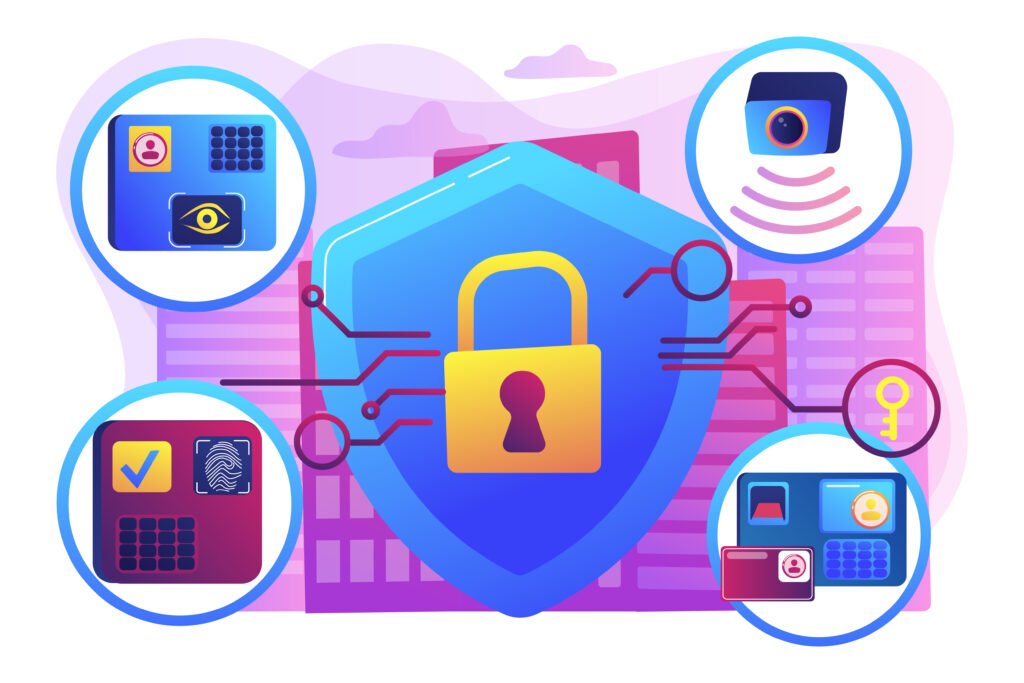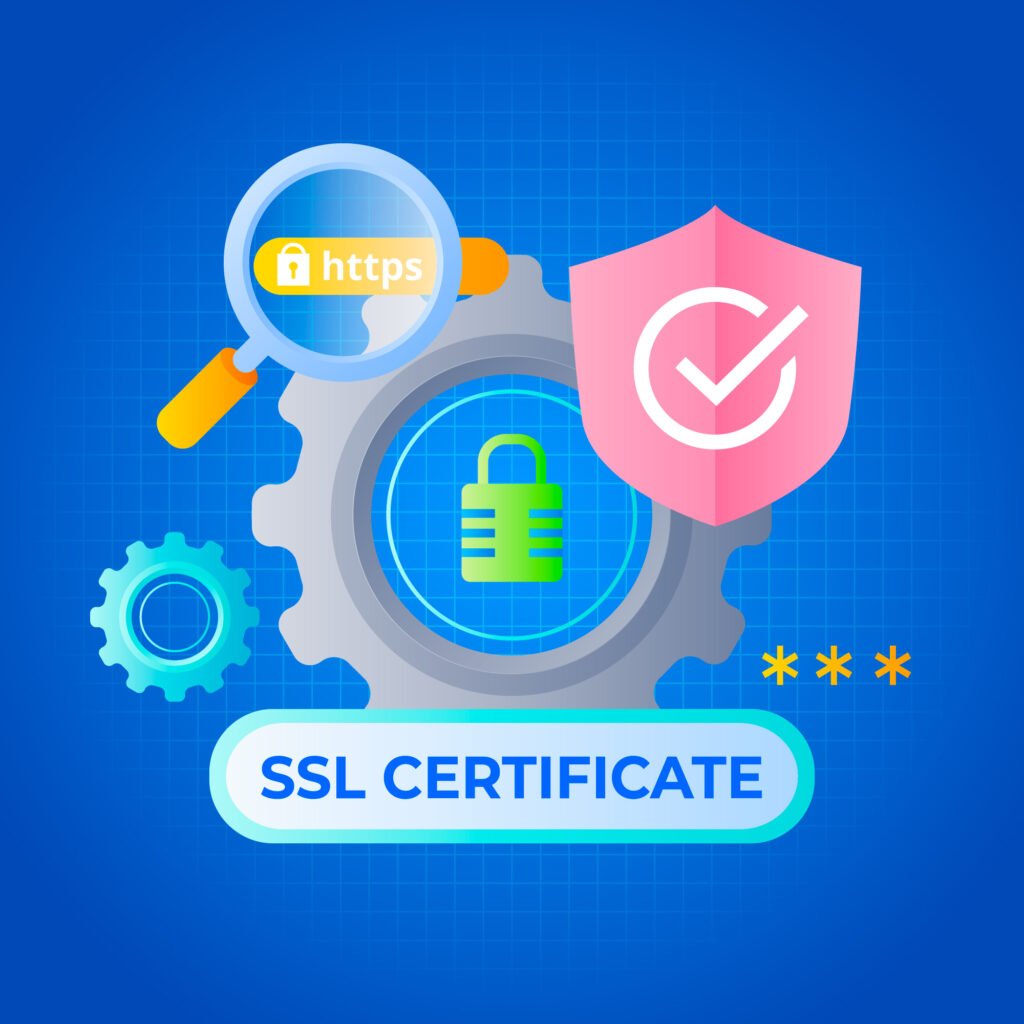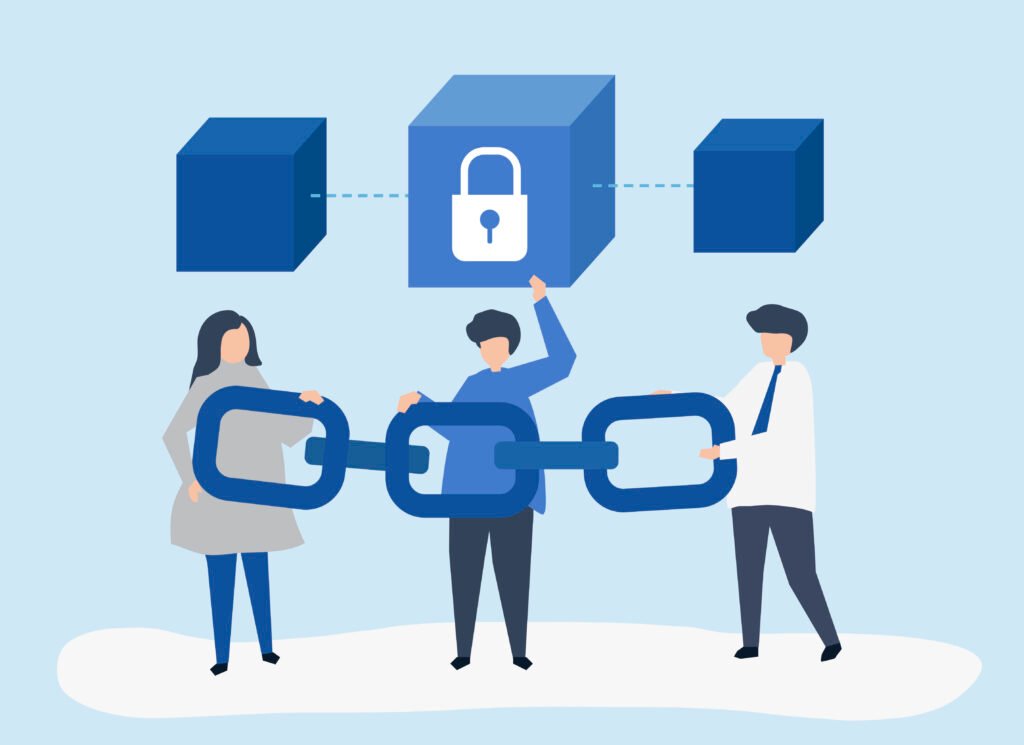In today’s digital landscape, website security is paramount. WordPress sites, particularly those hosted on platforms like Hostinger, require meticulous vigilance to ward off potential threats. This guide equips you with the essential practices to safeguard your Hostinger WordPress site, ensuring the integrity of your data, visitor trust, and search engine ranking.
Core Security Measures:

Regular Updates:
WordPress Core:
Apply updates promptly to benefit from the latest security patches and performance enhancements.
Themes and Plugins:
Update these components as soon as updates are available to address vulnerabilities and maintain compatibility.
Hosting Platform:
Ensure your Hostinger environment is kept current with the latest security updates.
Robust Login Credentials:
Strong Passwords:
Employ long, complex passwords with a mix of uppercase, lowercase, symbols, and numbers. Utilize a password manager for secure storage and generation.
Unique Usernames:
Avoid default usernames like “admin” and opt for unique, non-descriptive usernames that don’t reveal any information about your site.
Two-Factor Authentication (2FA):
Implement 2FA, an extra layer of protection that requires a secondary verification code, typically sent via SMS or an authentication app, after entering your username and password.
Secure Communication (SSL/TLS):
SSL/TLS Certificate:

Obtain and install an SSL/TLS certificate to encrypt communication between your website and visitors’ browsers. This ensures data confidentiality, fosters trust, and even enhances your search engine ranking.
Defensive Measures:
Web Application Firewall (WAF):
Consider implementing a WAF, a specialized security tool that filters incoming traffic and blocks malicious attempts to access your website.
Login Attempt Limits:
Restrict the number of consecutive failed login attempts to thwart brute-force attacks. Many plugins offer this functionality as well.
Security Plugins:
Utilize reputable security plugins to scan for and remove malware, monitor suspicious activity, and provide additional security features. Regularly update these plugins as well.
Data Backups:
Regular Backups:
Create regular backups of your site’s database, files, and themes, allowing you to restore your website in case of unforeseen circumstances like security breaches or data loss. Hostinger offers automatic backup options through their control panel.
Offsite Storage:
Store backups offsite, preferably in the cloud or on a separate physical drive, to prevent data loss in case of a server breach.
Advanced Security Considerations:
Minimize Installed Plugins:
Keep only essential plugins active and remove any unused or outdated ones to reduce potential vulnerabilities.
User Permissions:
Assign user roles based on their specific needs, granting only the minimum level of access required for their tasks.
File Permissions:
Maintain appropriate file and folder permissions to prevent unauthorized access and modification.
Vulnerability Scans:
Conduct regular vulnerability scans using reputable security tools to identify and address any potential security weaknesses.
Stay Informed:
Subscribe to security advisories from WordPress, themes, plugins, and Hostinger to remain updated on the latest threats and solutions By implementing these best practices and staying informed about evolving security trends, you can significantly enhance the security of your Hostinger WordPress website. Remember, website security is an ongoing process, not a one-time fix. Vigilance and continuous security maintenance are crucial for safeguarding your website and maintaining user trust.
4Following these recommendations will equip you with the knowledge and tools necessary to create a secure WordPress environment on your Hostinger platform, bolstering your website’s resilience and user trust, while potentially improving your search engine ranking through enhanced user experience and engagement.

